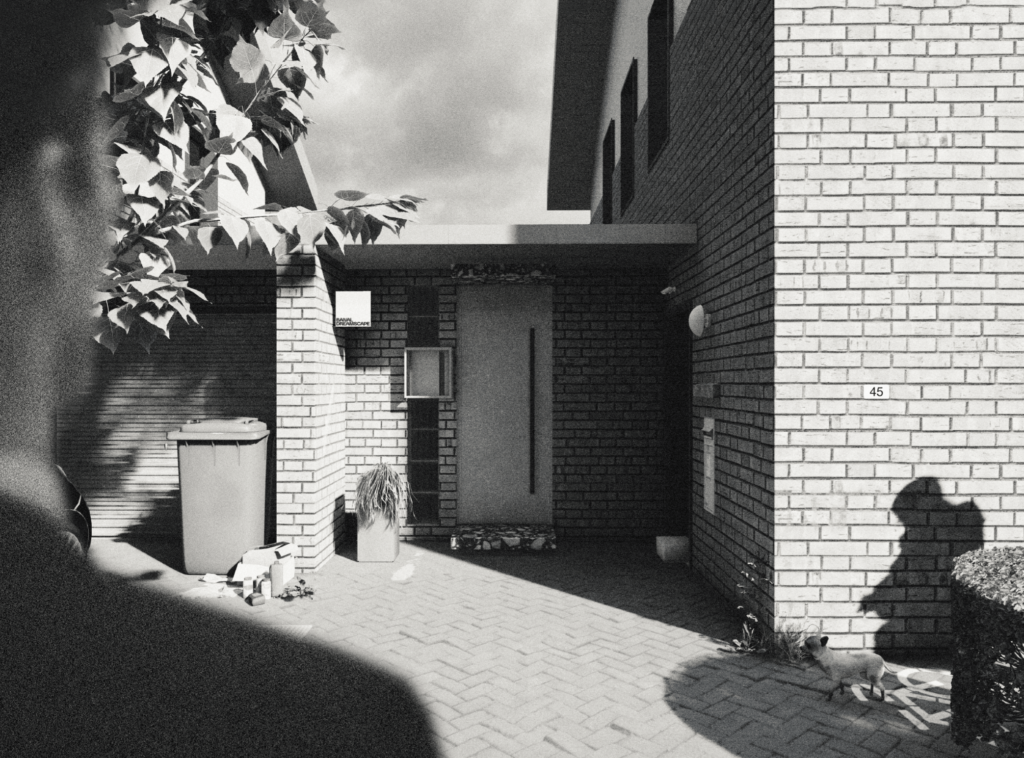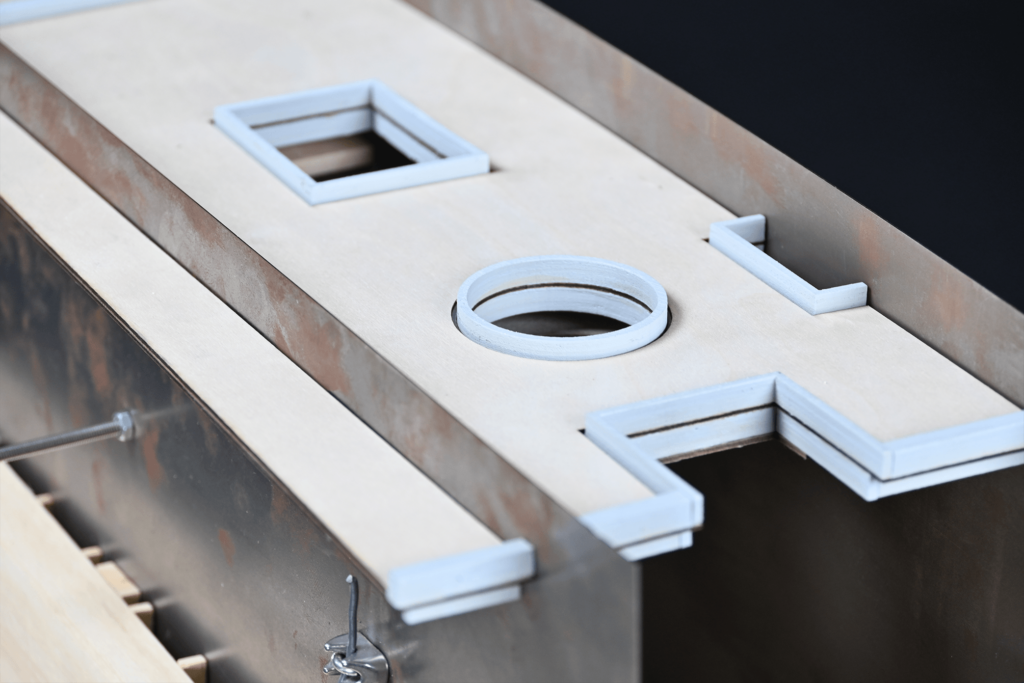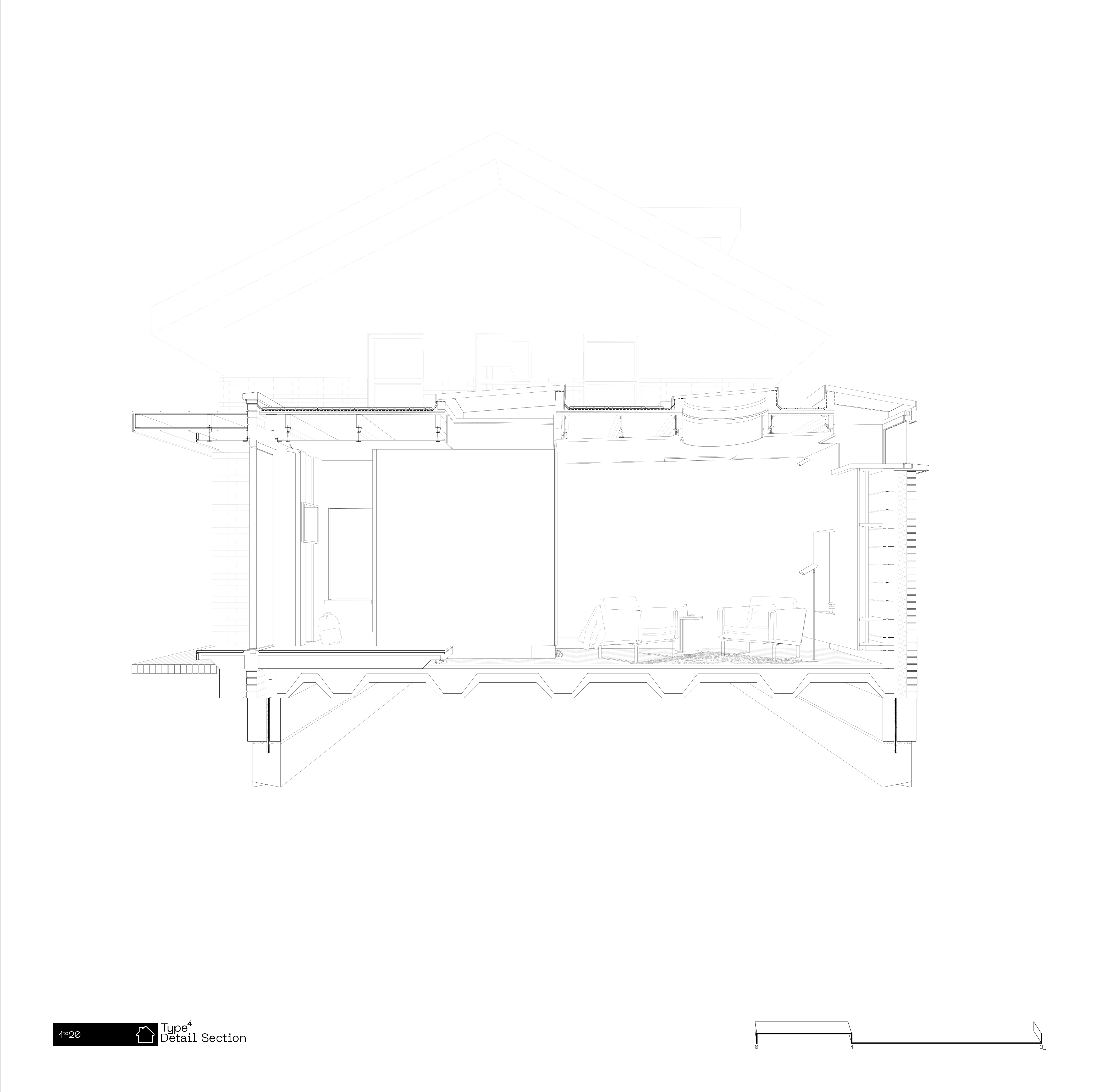
Banal Dreamscape
Reimagining everyday spaces of Dutch suburbia
The extraordinary appears as meaningless in the lack of the ordinary. The etymology of ordinary refers to the orderly; reflecting the typical patterns or behaviors within a social group. Banality finds its way into every corner and situation using automatization processes and normal-maker mechanisms; defining the majorities; yet it also serves as the backbone that prevents the extraordinary from becoming kitsch by grounding it in its tangible origins. This subtle interplay marks the boundary between science fiction and in-depth surreal practices.
Banal Dreamscape; is a reflection, and research into the coexistence of the two contradicting forces, and the subtle coexistence of them within an architectural language through the exploration of each one and them together. Inspired by the cinema of David Lynch, and the “Lynchian” quality of the familiar becoming unsettling, this project reimagines everyday spaces in Dutch suburbia. It does so by creating objects as products of a particular space and time, contrasting them with the mass-produced entities with a long-lost aura.
Banal Dreamscape critically reflects on the homogeneity of space, activity, and users in the defined and defended mosaics of Dutch suburbia. By introducing subtle out-of-contextness, by reinforcing sympatric territoriality in the monotonous, rigid, and seldom considered “architecture” and worthy of scrutiny leftovers of suburbia, bicycle sheds. Banal spaces, maybe filled with a potential for wonder.




Reinforcing Vinex’s Elasticity
Potencials of a border conflict in Eschmarke
Vinex (the fourth report on spatial planning extra), an infamous, widespread, yet successful housing solution by the Dutch Ministry of Housing in its core is a Dutch suburban solution to the housing crisis. Eight hundred thousand mass-produced housing units built in ten years dislocating middle-income families from the centers to small towns surrounding them, marks the banal territory of this project.
The Vinex location Eschmarke in the municipality of Enschede in particular in this case, with its border situation, reinforcing the conflict between its users and German drug tourists, called for an integration of sympatric relations to host both conventional and unconventional activities within a neighborhood and to welcome the otherness and formerly sanctioned activity in such neighborhood. The formerly nuisance became a new meaningful sub-layer for the monotone context of the neighborhood in favor of a more resilient, and robust urbanity. Thus, the leftover spaces of garages and storages, or the grey zones of architecture became the host to the new activity within this region. Everyday spaces of these low-importance Sub-urban spaces became the backbone for the architectural investigation that came afterward.





Banal Dreamscape is an architectural exploration dedicated to the uniqueness of space and the significance of atmosphere, regardless of the scale of intervention. It operates in contexts where no predefined value or sublime quality exists, emphasizing the importance of detail and addressing human desires through a redefinition of architectural elements on a micro scale.
This project is a concentrated exploration of micro-adjustments to the architectural element where every line plays a defining role, that not only goes beyond the limit of the mundane but explores limits of architecture in ways that no artificial intelligence nor mass production procedure with a focus on bigger pictures and simplification of perception can create nor value. Focusing on creating subtle, bizarre situations in familiar corners of the built environment.






| Year | 2024/Master’s Thesis |
| Location | Enschede, NL |
| Type | Postgraduate Academic |
| Format | Individual |
| Tutors | Jorge Mejia Hernandez Pierre Jennen Elise Van Dooren |

